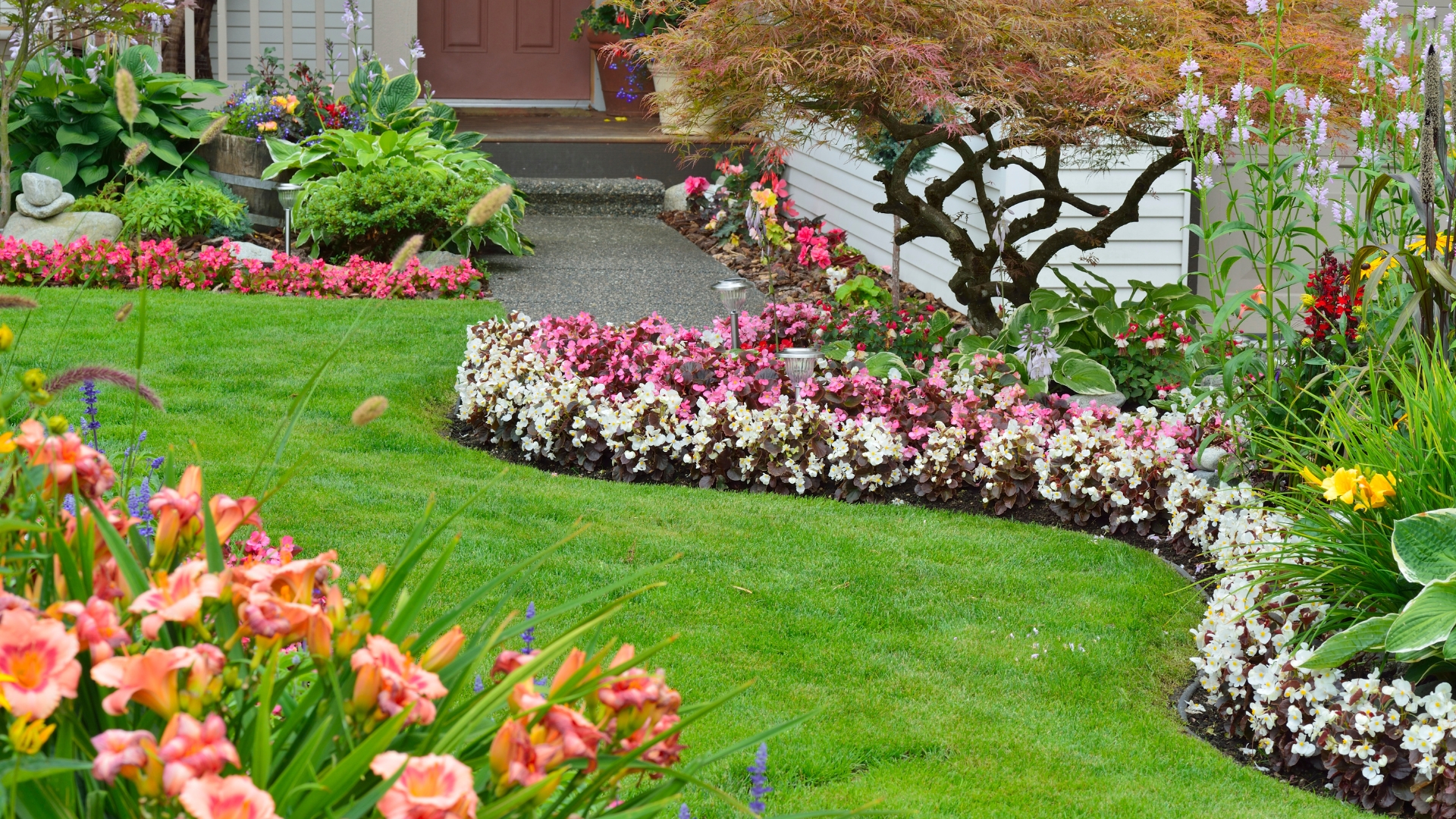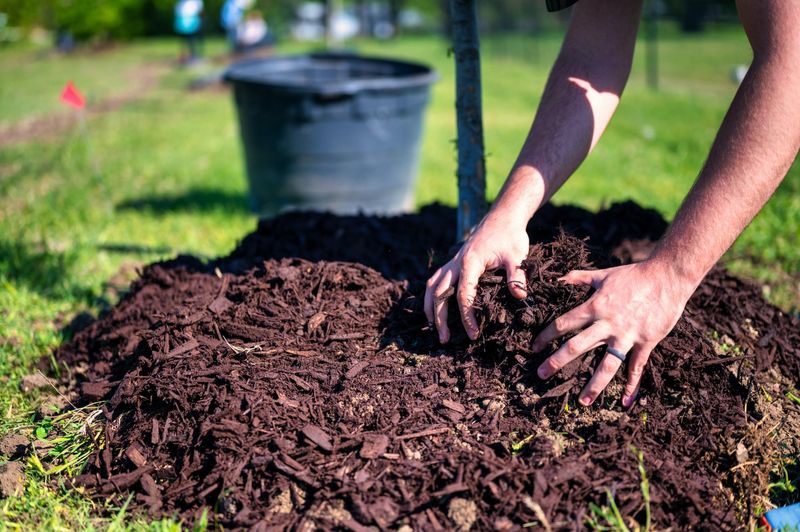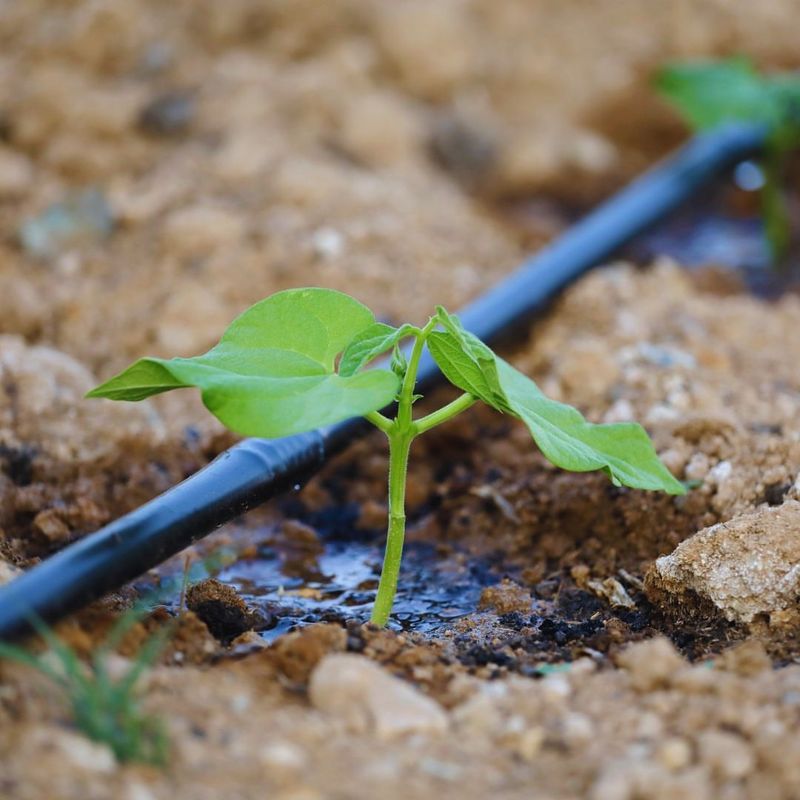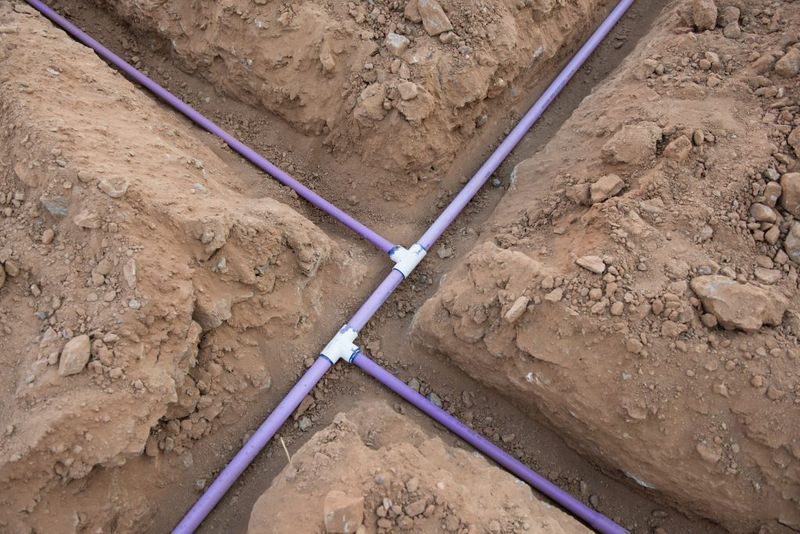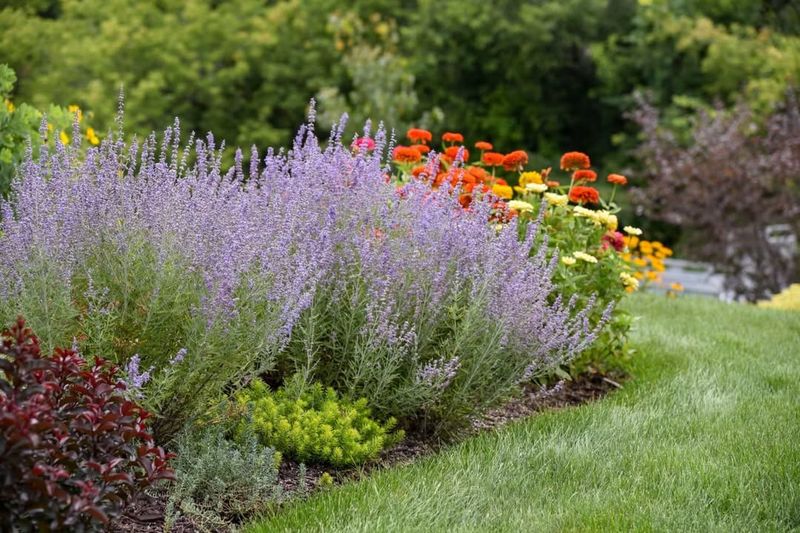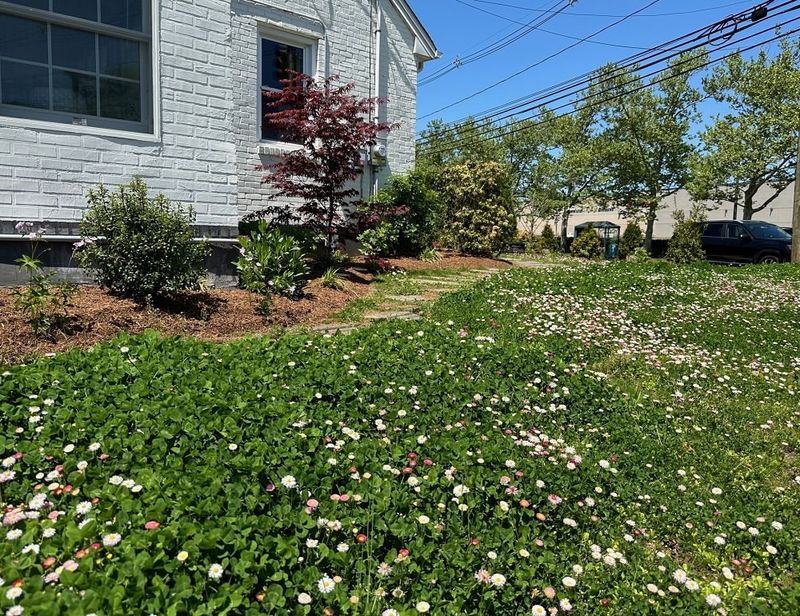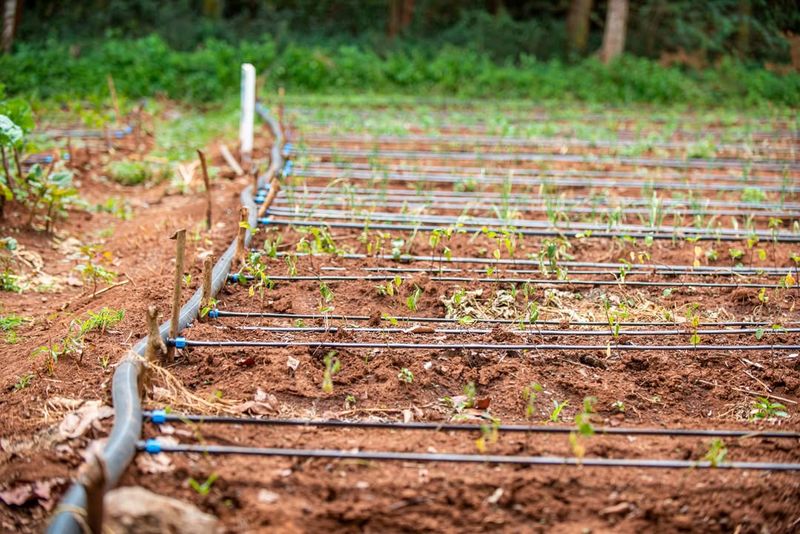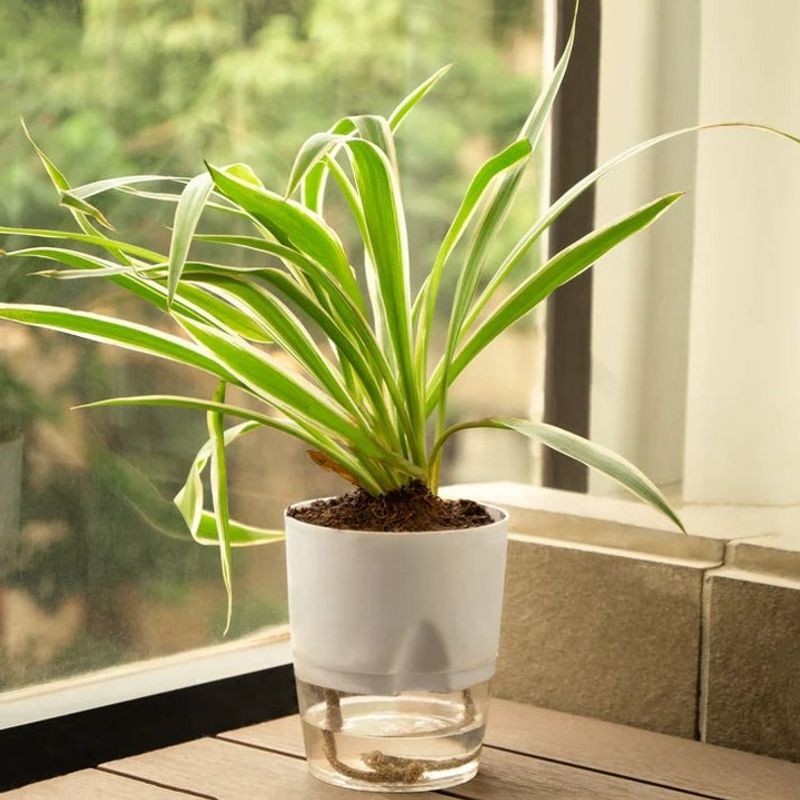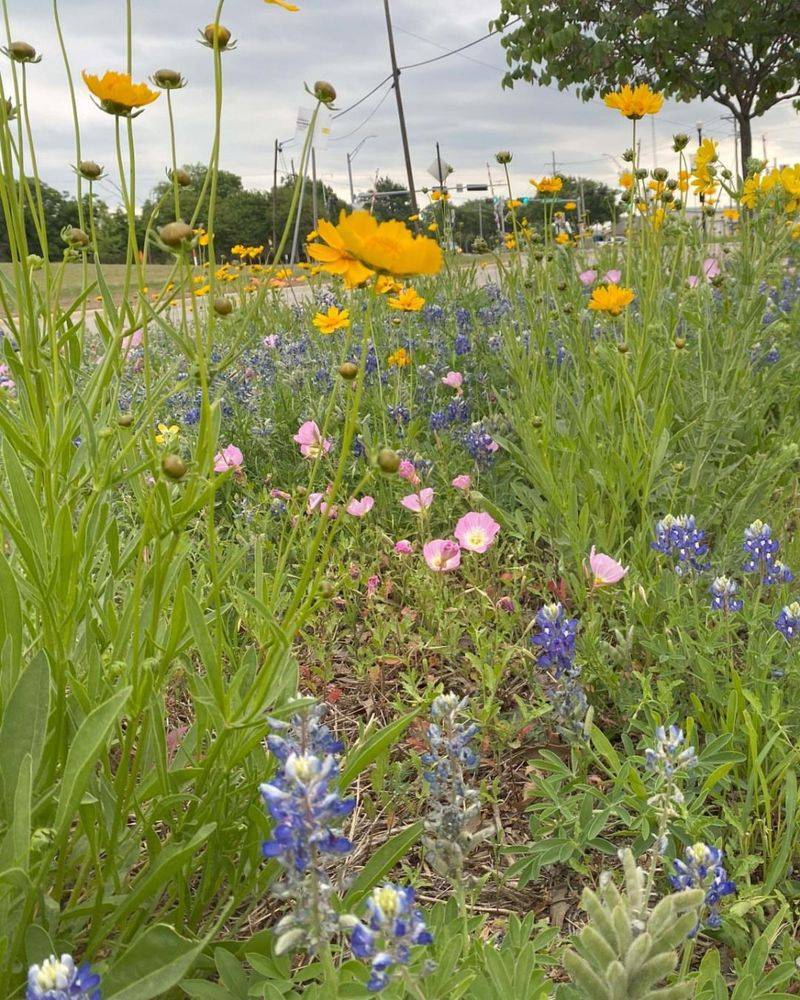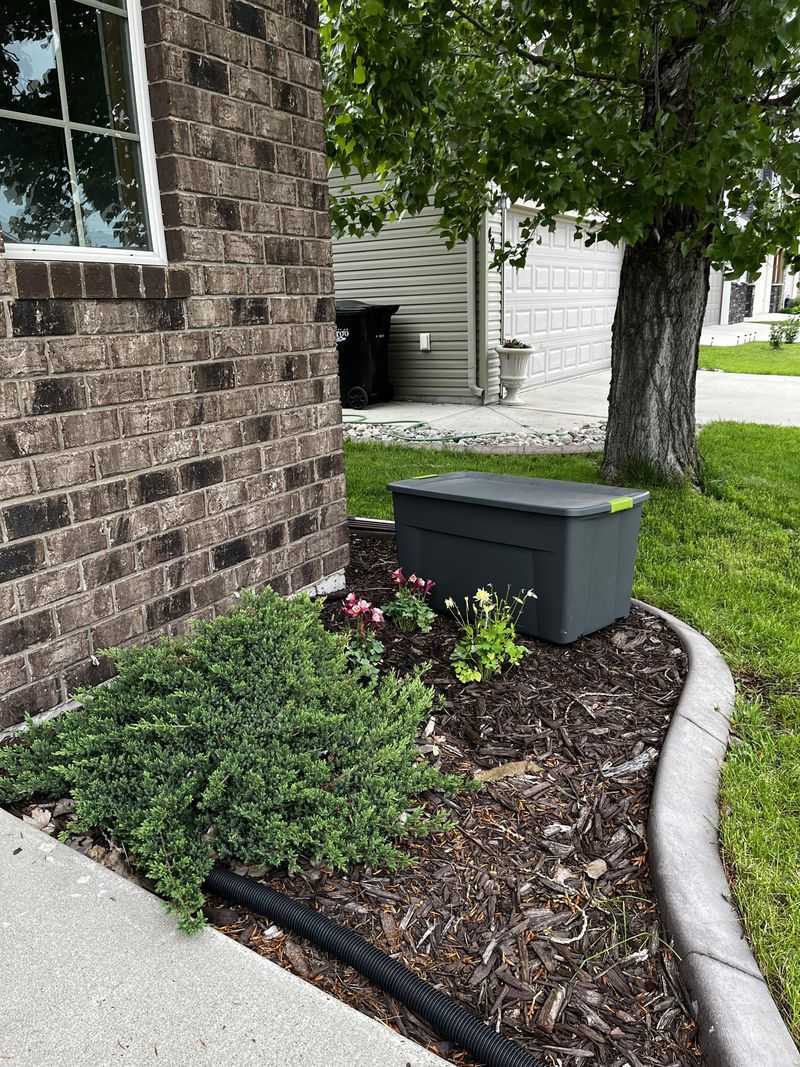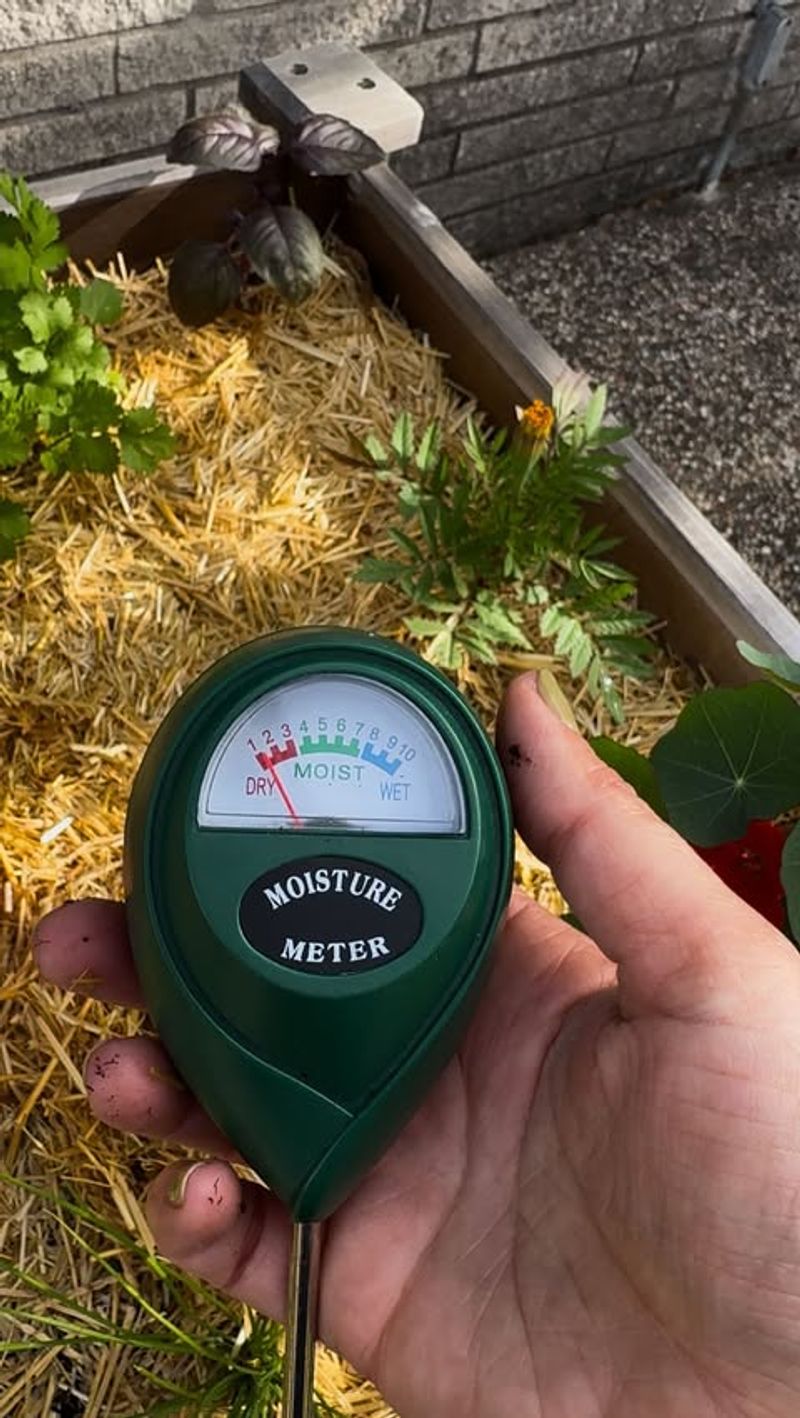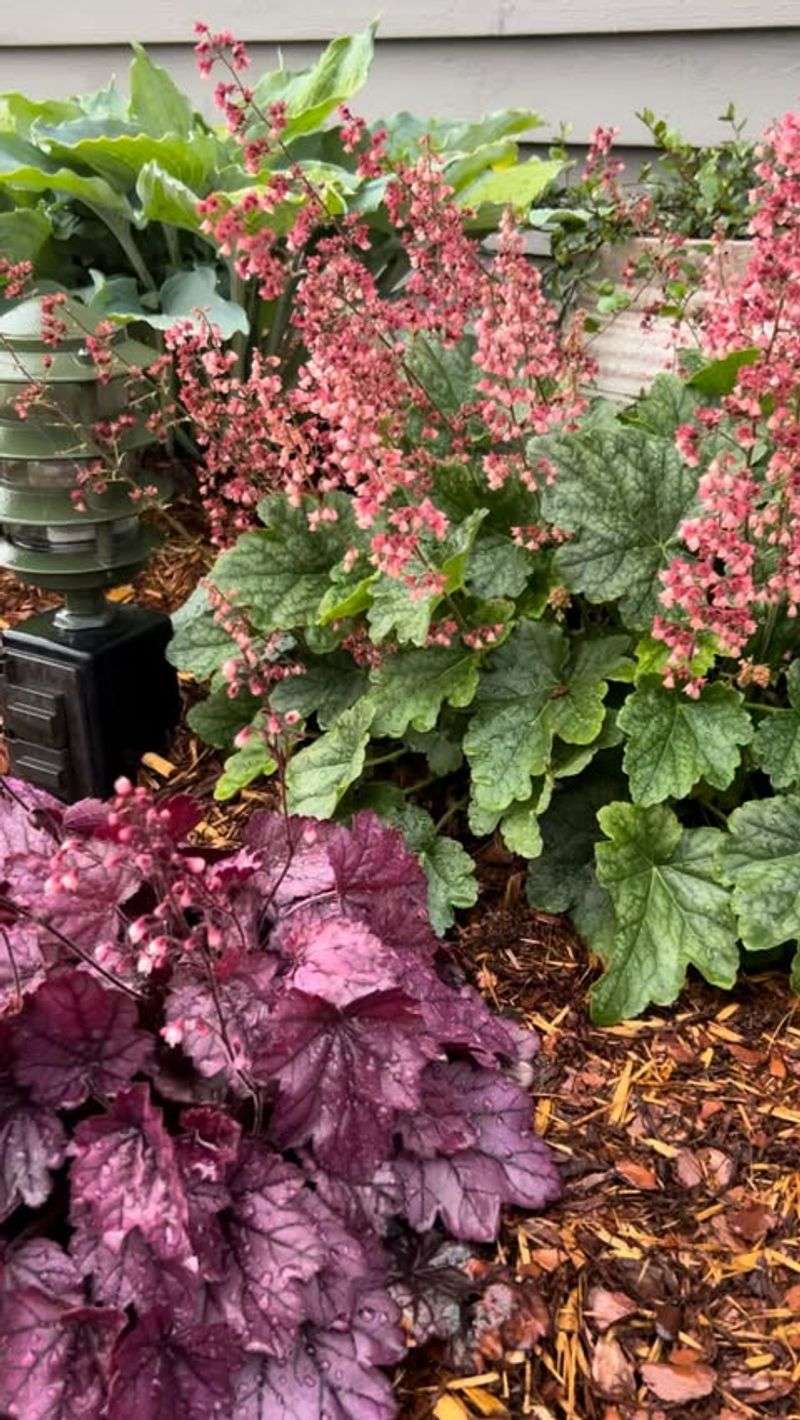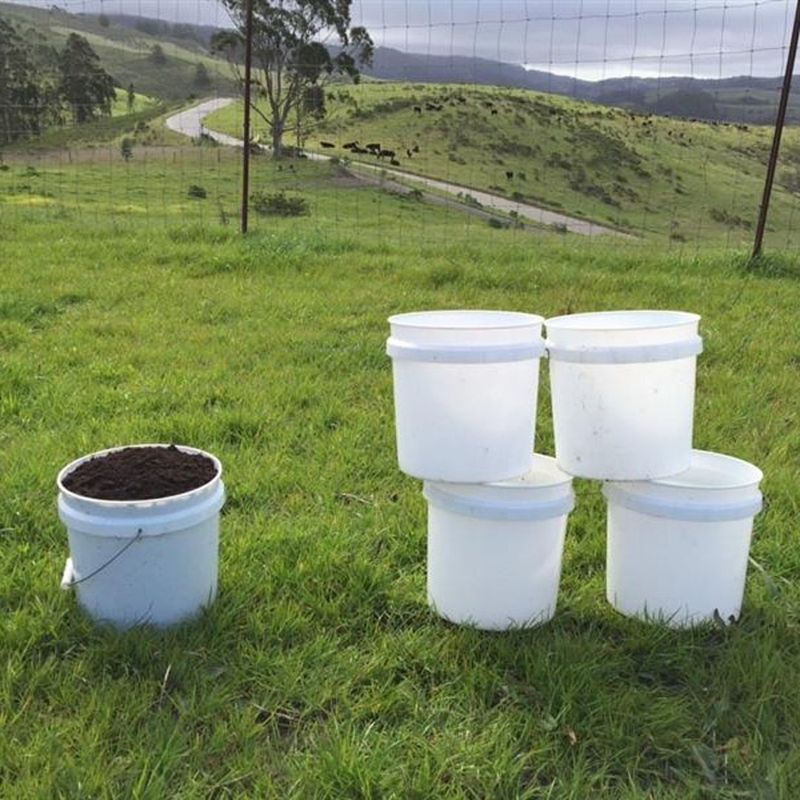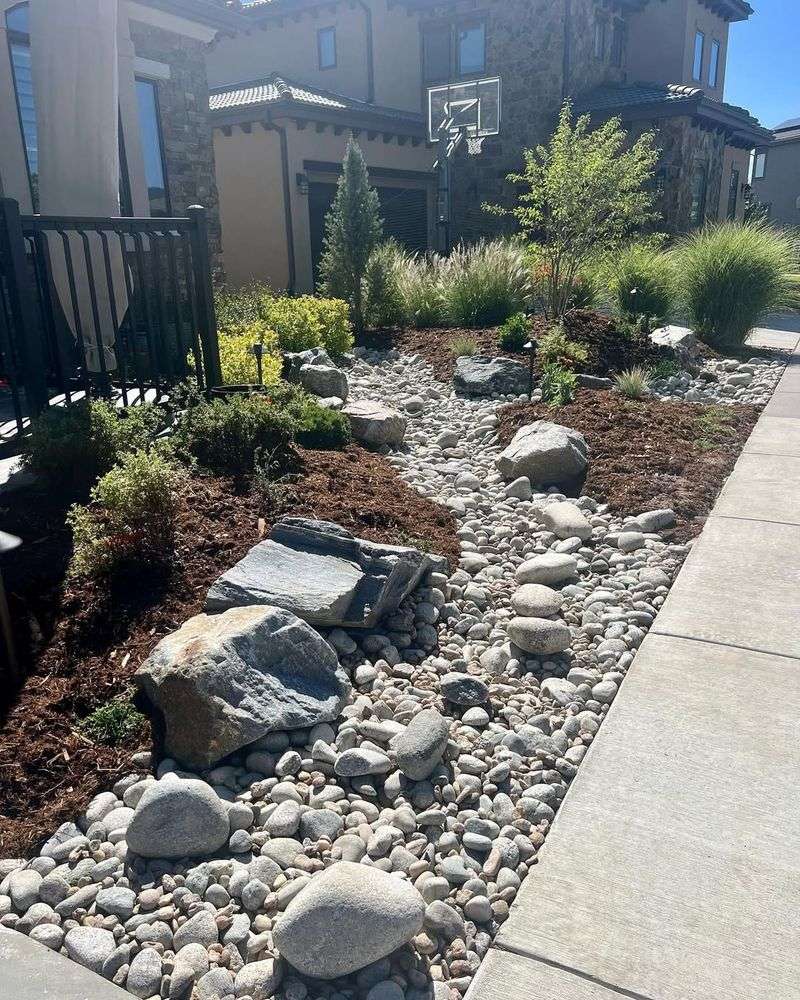Want a lush, thriving garden without draining your water supply? With a few smart strategies, you can keep your plants happy and hydrated—no waste, no guilt. Especially in drought-prone areas, it’s all about making every drop count. Let’s dig into some clever, water-wise ways to keep your garden growing strong.
1. Early Morning Watering
Rise with the sun and give your garden a refreshing drink. Watering plants early in the morning minimizes evaporation and ensures water reaches their roots. This time of day is cooler, reducing the chance of mold growth. Plus, it sets a peaceful tone for your day.
Morning watering is not just practical; it’s also therapeutic. Listen to birds chirp and feel the fresh air. This simple ritual can transform your garden into a thriving oasis. You’ll find your plants happier and healthier, all while saving precious water. Let mornings be your garden’s favorite time!
2. Mulching Magic
Mulch is your garden’s best friend for retaining moisture. By covering the soil with a layer of organic material like wood chips or straw, you lock in water and keep roots cool. This barrier also prevents weeds from stealing water.
It’s a win-win! Mulch also enriches the soil as it breaks down. Choose natural mulches for a sustainable approach, and watch your garden flourish with less frequent watering.
The earthy scent and texture make your garden look inviting. Mulching is a simple, effective tool in every gardener’s toolkit for water conservation.
3. Drip Irrigation Systems
Consider a drip irrigation system for targeted watering. It delivers water directly to plant roots, minimizing evaporation and runoff. This method is efficient and saves water over time.
Installing drip irrigation might seem daunting, but it’s worth the effort. It enhances plant growth while conserving water, a perfect balance. Plus, it’s a great project for those who love DIY challenges.
Embrace this modern method to keep your garden hydrated without waste.
4. Collect Rainwater
By setting up a rain barrel, you can collect and store rainwater from your roof. It’s an eco-friendly way to hydrate your plants without relying on municipal water.
This approach not only saves money but also reduces strain on community water supplies. You’ll enjoy watching your garden thrive on this natural resource.
Plus, it’s a fun project that connects you with the rhythm of the seasons. Rainwater is pure, free, and perfect for nurturing your garden’s needs.
5. Use Greywater Wisely
Recycle household water with a greywater system. This involves using water from sinks or showers, not containing harsh chemicals, for irrigation. It’s a creative way to hydrate your garden while reducing water waste.
Greywater systems should be used thoughtfully, ensuring it’s safe for your plants. It’s ideally applied to non-edible plants. This method requires careful planning but offers significant water savings.
Imagine the satisfaction of reducing waste and nurturing your garden with water that would otherwise be lost. Greywater systems are a smart choice for eco-conscious gardeners.
6. Choose Drought-Resistant Plants
Transform your garden with drought-resistant plants. These varieties thrive with minimal water, making them perfect for conservation efforts. Succulents, lavender, and ornamental grasses are great examples.
These plants add unique beauty to your garden, offering vibrant colors and textures. They require less maintenance and are resilient to dry spells.
With drought-resistant plants, you can enjoy a lush garden without excessive watering. It’s about working with nature and choosing plants that suit your climate. This approach brings sustainability and style to your outdoor space.
7. Smart Lawn Alternatives
Rethink traditional lawns with smart alternatives like clover or native grasses. These options are not only visually appealing but also require less water than conventional lawns.
Smart lawn alternatives adapt better to various climates and need less mowing. They provide a natural habitat for pollinators, enhancing biodiversity.
Clover isn’t just easy on the eyes, it’s an eco-friendly alternative that conserves water and cuts down on upkeep. Explore these sustainable lawn replacements for a garden that’s as practical as it is stunning.
8. Efficient Watering Techniques
Master efficient watering by targeting the base of plants with a watering can or soaker hose. This method ensures water reaches the roots directly.
Avoid overhead watering to reduce evaporation and fungal diseases. Efficient watering techniques save water and promote healthy plant growth.
You’ll notice plants thriving with less water, and your efforts yielding beautiful results.
9. Plant Grouping Strategy
Group plants with similar water needs together. This strategy allows for more precise watering, ensuring each plant gets exactly what it needs.
It’s a thoughtful way to design your garden, improving its health and aesthetics. Plant grouping reduces water waste and simplifies maintenance.
Plus, it helps prevent overwatering or underwatering, which can stress plants and lead to pest or disease issues.
10. Utilize Shade Wisely
Provide relief with shade to keep your garden cool and thriving. By lowering temperatures and reducing water loss, shade helps protect plants from heat stress.
Use shade cloths or place taller plants strategically to cast natural shade where it’s needed most. This method is especially helpful for tender plants that can’t handle intense sun.
Think of it as designing a serene, shaded retreat—both for your plants and for you.
11. Self-Watering Pots
Self-watering pots are ideal for busy gardeners or those new to gardening. They ensure plants receive consistent moisture, reducing the need for frequent watering.
Install a drip irrigation system for efficient, targeted watering. Unlike overhead sprinklers, drip systems deliver water directly to the root zone, minimizing evaporation and runoff.
They’re easy to automate and ideal for keeping plants healthy while reducing water waste and saving time.
12. Use Native Plants
Fill your garden with native plants for a water-wise landscape. Native species are adapted to local climates and require less water and maintenance.
This choice supports local ecosystems and attracts beneficial wildlife. Picture a garden that thrives naturally, with plants that belong. Native plants offer beauty and resilience, creating a low-maintenance, sustainable space.
They connect your garden to the surrounding environment, making it a harmonious haven. Choosing native plants is a smart step towards conserving water and enjoying a thriving outdoor sanctuary.
13. Create Windbreaks
Shield your garden with windbreaks to reduce water loss. Wind can dry out soil and plants, increasing the need for watering.
Planting tall shrubs or trees around your garden creates a protective barrier. This improves microclimates and conserves moisture.
Windbreaks offer a natural solution to water conservation, blending beauty with practicality. They enhance your garden’s resilience and help maintain its hydration, even on windy days.
14. Install a Moisture Sensor
Take the guesswork out of watering by using a moisture sensor. This device measures soil moisture, helping you determine when your garden truly needs water.
Moisture sensors are easy to use and can prevent overwatering, a common issue. Picture yourself confidently watering only when necessary, optimizing water usage. This tool helps create a more efficient and sustainable garden.
By knowing exactly when to water, you save resources and promote healthier plant growth. Moisture sensors are a smart addition to any water-saving gardening strategy.
15. Prioritize Perennials
Invest in perennials, the gift that keeps on giving. These plants return year after year, requiring less water than annuals once established.
Perennials adapt well to local conditions and are an eco-friendly choice. Envision a garden that grows more beautiful each year with less effort. Perennials offer diverse colors and textures, enhancing your garden’s aesthetic.
They provide lasting beauty and reduce the need for frequent replanting and watering. Embrace perennials for a sustainable, low-maintenance garden that thrives with fewer resources.
16. Optimize Soil Health
Healthy soil is the foundation of a water-efficient garden. Enrich your garden with compost or organic matter to improve soil structure and water retention.
Imagine your plants rooted in rich, fertile soil that holds moisture effectively. Optimized soil reduces the need for frequent watering and supports robust plant growth. By nurturing your soil, you create a thriving environment that maximizes water efficiency.
Your garden will flourish, benefiting from the nutrients and improved moisture retention. Soil health is a cornerstone of sustainable gardening.
17. Reduce Lawn Size
Consider reducing your lawn size to save water. Expansive lawns require significant watering, but scaling down allows you to focus on diverse, low-water plants.
Imagine transforming unused lawn areas into vibrant garden beds or patios. This change can enhance your outdoor space, making it more inviting and sustainable. You’ll enjoy a beautiful, varied landscape with less water and maintenance.
Reducing lawn size aligns with modern garden trends and promotes water conservation. It’s a rewarding way to create a more dynamic and eco-friendly garden.

